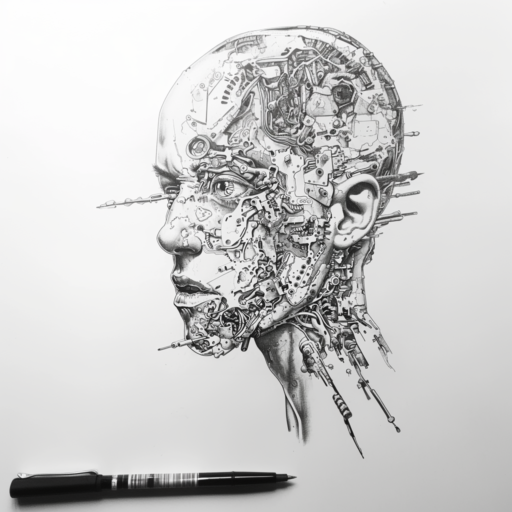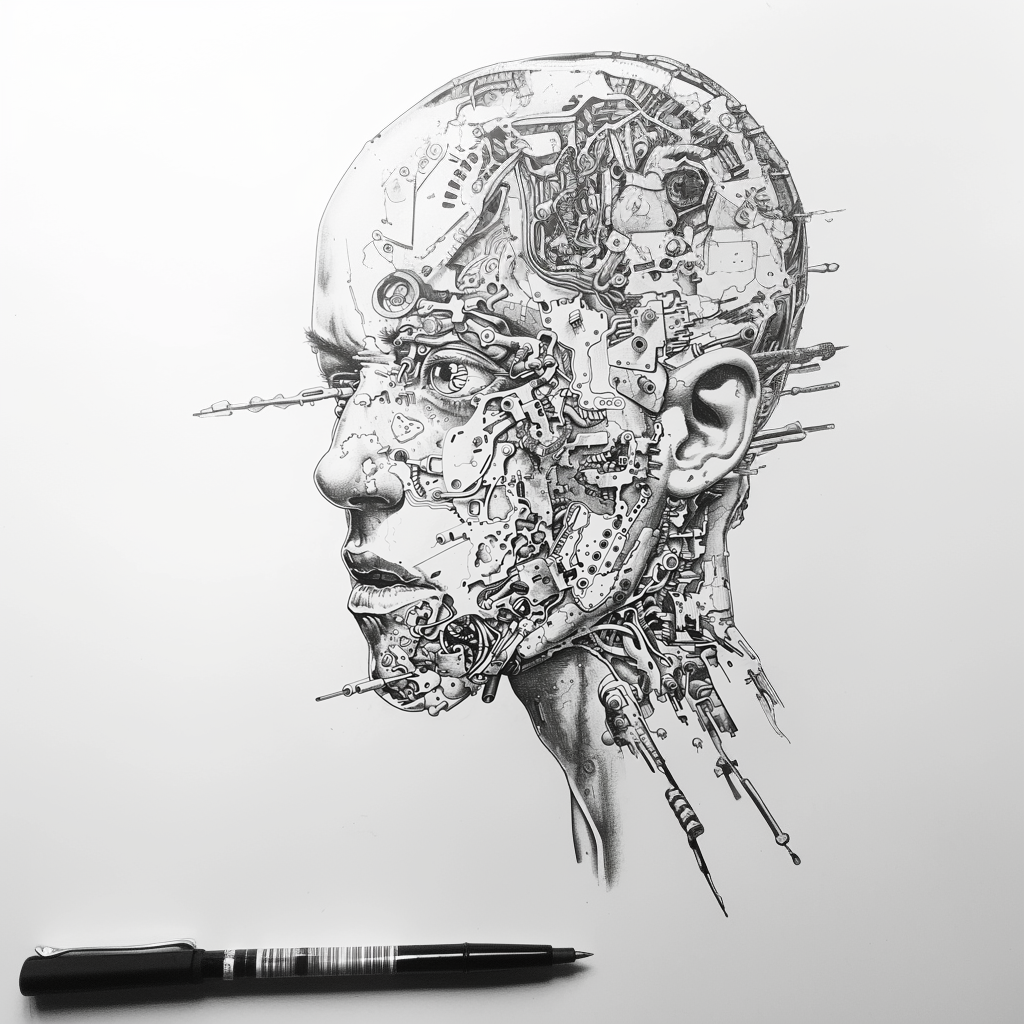Generative AI is revolutionizing the creative landscape, churning out content at a pace that’s both fascinating and a bit unnerving.
Imagine having a tireless digital assistant that can whip up a painting, draft articles, or compose melodies in moments; that’s the reality we’re stepping into.
For the scribes of the Writers Guild of America and many in creative fields, the surge of AI-generated content has sparked a debate. While it’s making some aspects of their work easier, there’s a palpable fear that their crafts might no longer be solely human-driven, affecting their livelihoods.
On the flip side, tools like Anthropic’s Claude, and OpenAI’s ChatGPT and Dall-E 3 are more than just flashy tech—they’re catalysts for human invention.
When you harness these platforms, you’re not just tapping into algorithms; you’re potentially boosting your own creative juices to new heights.
Exploring Creativity
Creativity is like a spark in your brain that lights up when you come up with something totally new or figure out a unique solution to a problem. Think of it as two types:
- Personal Creativity: This is all about your lightbulb moments.
Like when you, as a kid, noticed how water takes the shape of its container – sounds simple, but it was a first for you! It’s about syncing up with the world in your own cool way.
- Original Creativity: This one’s the biggie -when you cook up an idea no one else in history ever has.
Remember hearing about Archimedes shouting “Eureka!” in his bath? That’s because he uncovered something totally groundbreaking: the principle of buoyancy.
The ripples of your creativity get bigger and have more impact the more they change how others think.
Just look at the lasting impressions made by masterpieces, like the enigmatic Wandjina rock art, Homer’s epic tales, Picasso’s powerful strokes in Guernica, the architecture of Fallingwater, or Einstein’s mind-bending papers.
Your ideas have power, especially when they stick in people’s minds and keep influencing them years down the line.
Unconventional AI Creativity
The creativity sparked by generative AI is distinct from human ingenuity.
You see, while you’re able to draw from real-life experiences and the tangible world, AI creativity doesn’t stem from an organic process.
Rather, AI draws upon a vast pool of data, creating through statistical patterns rather than those ‘light bulb’ moments humans encounter through personal insight.
This type of creativity could be called ‘g-type’ – it’s a breed apart, bolstered by the sheer volume of digital data but constrained by it, too.
Think of AI as being a tool that can churn out ideas that might tickle your brain and make you rethink concepts across a range of fields like biology, history, or math.
It’s like having a brainstorming partner who’s really good at rearranging existing ideas into something that looks new and interesting.
But remember, it’s all based on what it’s been fed, so those groundbreaking, world-shattering moments – yeah, those are still on you.
- AI Creativity:
- Based on: Data patterns
- Limits: Data training
- Unique Points: Thought-provoking outputs
Don’t get me wrong, AI can certainly be a muse for texts and visuals that grab your attention. Just keep in mind that it’s more of a digital collage artist than an existential philosopher.
The Risk of Uniformity: Lack of Diverse Thought
As you immerse yourself in the digital age, you’ll likely notice an uptick in uniform thinking, an unexpected side effect of AI’s role in creativity.
This trend could potentially narrow the spectrum of ideas, making cultural norms stricter and reducing society’s acceptance of unconventional thought.
- Rigid Societies: With AI’s influence, societies may enforce norms more strictly and stifle unique ideas.
- Environmental Homogeneity: The risk extends beyond digital media. AI’s touch can be seen in physical spaces like homes, cars, and public areas, possibly leading to homogenized thinking.
- Self-Feeding Cycle:
- AI models learn from our content.
- As AI aids in creating more content, it may become less diverse.
- The AI then continues to learn from this less-diverse content, reinforcing the cycle.
Embracing AI Without Losing Our Creative Spark
It’s tricky to strike the right chord between your natural inventiveness and the rise of AI.
Think about it; AI’s evolution is monumental. It’s changing worlds, as big as the invention of the printing press was back in the day.
Now everyone’s jumping on board the AI train.
Here’s the scoop. You want to keep that spark of creativity?
Keep human intuition and imagination in the driver’s seat. It’s essential, especially with the laws that guard your unique ideas.
If we start giving AI too many human-like rights, your original spark might just fizzle out.
You’ve got to stand firm and maintain the value of your brain’s own genius over artificial smarts.
It’s a gamble, but you’ve got creativity that AI just can’t touch—so make sure it stays that way.














Hey Ruth Littles, do you think AI can truly mimic human creativity, or does it just replicate patterns it’s been fed? Wondering if there’s a line it can’t cross.
lol, what if AI starts making art and it’s all just pictures of circuit boards and 1s and 0s.